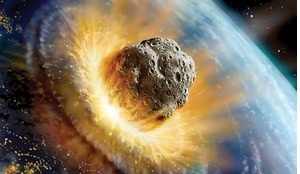A human return to the Moon is now imminent following recent changes in NASA’s future exploration directions. Other nations may well follow and, like the International Space Station (ISS), this approach could involve collective national initiatives. European Space Agency (ESA) Director General, Jan Woerner, is among those enthusiastic over the ‘Moon Village’ idea, which would have nations clustering together in adjoining domes located at the lunar south pole. To make such outposts viable – and perhaps those on Mars too – most believe that fuel, air, food and power supplies will need to be locally sourced. So how realistic is the in-situ resource utilisation (ISRU) approach? Nick Spall considers the possibilities of ‘living off the land’ on other worlds by applying ISRU approaches for sustainable exploration and colonisation.
Just as 17th century explorers and colonists of the New World used locally-sourced water, timber, iron ore and coal to survive and eventually prosper, it seems highly likely that future explorers and colonists on the Moon, Mars and other celestial bodies will need to make use of local sources for the essentials to survive.
The first British colony established in America at Jamestown, Virginia, in 1607, had to rely on basic equipment and tools brought across the Atlantic by small cargo ships. Colonists used local timber and stone for buildings, as they cleared land to grow crops, initially from imported seeds. This approach worked well and by 1770 some two million people lived and worked in the 13 colonies established across the east coast of North America. Locally-grown tobacco even provided an early cash crop for export.














